In describing Walter De Maria’s work, I often get the response: Why? Why did he do that? Why stainless steel? Why is this art?
Contemporary art causes a specific kind of visceral response for some people. I welcome these questions because it helps me clarify my thinking and my own experience of the artists and artworks. Most people have not heard of Walter De Maria, let alone knowingly seen any of his work.
This past weekend, I visited three pieces by Walter De Maria - The Broken Kilometer and The Earth Room in Soho, New York City and The Equal Area Series in Dia Beacon. Though I could have written a reflection of seeing them now in-person in New York City and my pilgrimage to Dia Beacon, I want to focus on what I think it is probably one of the greatest American pieces of art of the 20th century, The Lightning Field. I don’t want to spend this time arguing why the piece is compelling. I want to first record what it is from the artist’s voice. In June 2018, I drove from San Francisco to eastern New Mexico to meet the caretakers of the piece and visit the field. My experience at the homestead and the piece were transformative. The following was written by Walter in 1980, three years after the installation of the piece. I first read them aloud in the living room of the homestead where you stay while visiting the sculpture, for one sunset and one sunrise. The artist’s words speak for themselves.
April 1980, Art Forum
Some Facts, Notes, Data, Information, Statistics and Statements:
The Lightning Field is a permanent work.
The land is not the setting for the work but a part of the work.
The work is located in West Central New Mexico.
The states of California, Nevada, Utah, Arizona and Texas were searched by truck over a five-year period before the location in New Mexico was selected.
Desirable qualities of the location included flatness, high lightning activity and isolation.
The region is located 7,200 feet above sea level.
The Lightning Field is 111/2 miles east of the Continental Divide.
The earliest manifestation of land art was represented in the drawings and plans for the Mile-Long Parallel Walls in the Desert, 1961–1963.
The Lightning Field began in the form of a note, following the completion of The Bed of Spikes in 1969. The sculpture was completed in its physical form on November 1, 1977.
The work was commissioned and is maintained by the Dia Art Foundation, New York.
In July, 1974, a small Lightning Field was constructed. This served as the prototype for the 1977 Lightning Field. It had 35 stainless steel poles with pointed tips, each 18 feet tall and 200 feet apart, arranged in a five-row by seven-row grid. It was located in Northern Arizona. The land was loaned by Mr. and Mrs. Burton Tremaine. The work now is in the collection of Virginia Dwan. It remained in place from 1974 through 1976 and is presently dismantled, prior to an installation in a new location.
The sum of the facts does not constitute the work or determine its esthetics.
The Lightning Field measures one mile by one kilometer and six meters (5,280 feet by 3,300 feet).
There are 400 highly polished stainless steel poles with solid, pointed tips.
The poles are arranged in a rectangular grid array (16 to the width, 25 to the length) and are spaced 220 feet apart.
A simple walk around the perimeter of the poles takes approximately two hours.
The primary experience takes place within The Lightning Field.
Each mile-long row contains 25 poles and runs east-west.
Each kilometer-long row contains 16 poles and runs north-south.
Because the sky-ground relationship is central to the work, viewing The Lightning Field from the air is of no value.
Part of the essential content of the work is the ratio of people to the space: a small number of people to a large amount of space.
Installation was carried out from June through October, 1977.
The principal associates in construction, Robert Fosdick and Helen Winkler, have worked with the sculpture continuously for the last three years.
An aerial survey, combined with computer analysis, determined the positioning of the rectangular grid and the elevation of the terrain.
A land survey determined four elevation points surrounding each pole position to insure the perfect placement and exact height of each element.
It took five months to complete both the aerial and the land surveys.
Each measurement relevant to foundation position, installation procedure and pole alignment was triple-checked for accuracy.
The poles’ concrete foundations, set one foot below the surface of the land, are three feet deep and one foot in diameter.
Engineering studies indicated that these foundations will hold poles to a vertical position in winds of up to 110 miles per hour.
Heavy carbon steel pipes extend from the foundation cement and rise through the lightning poles to give extra strength.
The poles were constructed of type 304 stainless steel tubing with an outside diameter of two inches.
Each pole was cut, within an accuracy of 1/100 of an inch, to its own individual length.
The average pole height is 20 feet 71/2 inches.
The shortest pole height is 15 feet.
The tallest pole height is 26 feet 9 inches.
The solid, stainless steel tips were turned to match an arc having a radius of six feet.
The tips were welded to the poles, then ground and polished, creating a continuous unit.
The total weight of the steel used is approximately 38,000 pounds.
All poles are parallel, and the spaces between them are accurate to within 1/25 of an inch.
Diagonal distance between any two contiguous poles is 311 feet.
If laid end to end the poles would stretch over one and one-half miles (8,240 feet).
The plane of the tips would evenly support an imaginary sheet of glass.
During the mid-portion of the day 70 to 90 percent of the poles become virtually invisible due to the high angle of the sun.
It is intended that the work be viewed alone, or in the company of a very small number of people, over at least a 24-hour period.
The original log cabin located 200 yards beyond the mid-point of the northern most row has been restored to accommodate visitors’ needs.
A permanent caretaker and administrator will reside near the location for continuous maintenance, protection and assistance.
A visit may be reserved only through written correspondence.
The cabin serves as a shelter during extreme weather conditions or storms.
The climate is semiarid; eleven inches of rain is the yearly average.
Sometimes in winter, The Lightning Field is seen in light snow.
Occasionally in spring, 30- to 50-mile-an-hour winds blow steadily for days.
The light is as important as the lightning.
The period of primary lightning activity is from late May through early September.
There are approximately 60 days per year when thunder and lightning activity can be witnessed from The Lightning Field
The invisible is real.
The observed ratio of lightning storms which pass over the sculpture has been approximately 3 per 30 days during the lightning season.
Only after a lightning strike has advanced to an area of about 200 feet above The Lightning Field can it sense the poles.
Several distinct thunderstorms can be observed at one time from The Lightning Field.
Traditional grounding cable and grounding rod protect the foundations by diverting lightning current into the earth.
Lightning strikes have not been observed to jump or arc from pole to pole.
Lightning strikes have done no perceptible damage to the poles.
On very rare occasions when there is a strong electrical current in the air, a glow known as “St. Elmo’s Fire” may be emitted from the tips of the poles. Photography of lightning in the daytime was made possible by the use of camera triggering devices newly developed by Dr. Richard Orville, Dr. Bernard Vonnegut and Robert Zeh, of the State University of New York at Albany.
Photography of The Lightning Field required the use of medium- and large-format cameras.
No photograph, group of photographs or other recorded images can completely represent The Lightning Field.
Isolation is the essence of Land Art.




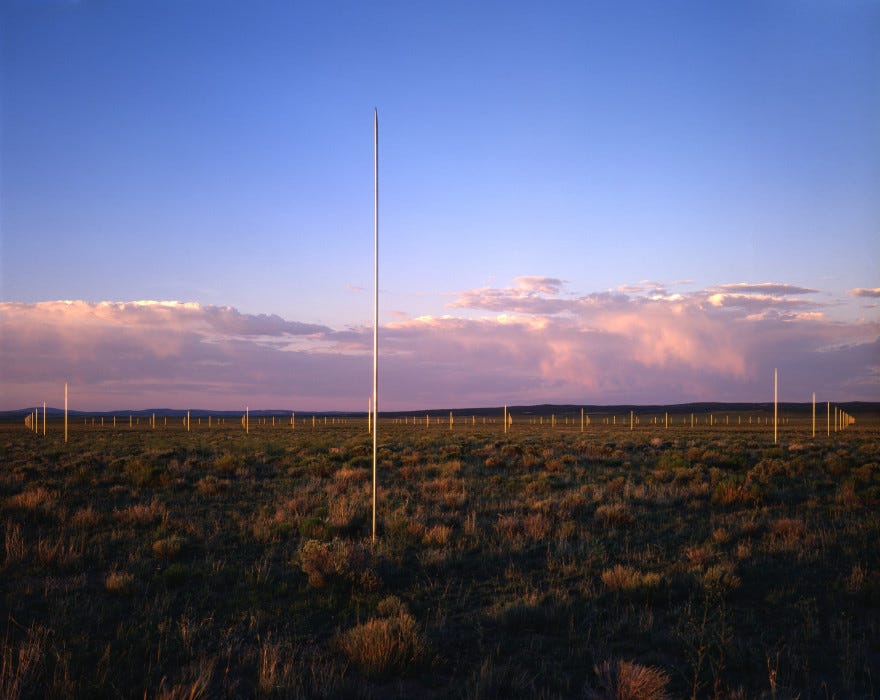



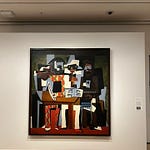

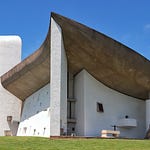

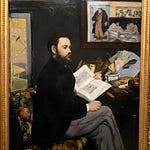
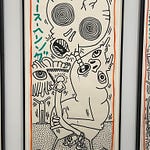

The Lightning Field, 1977